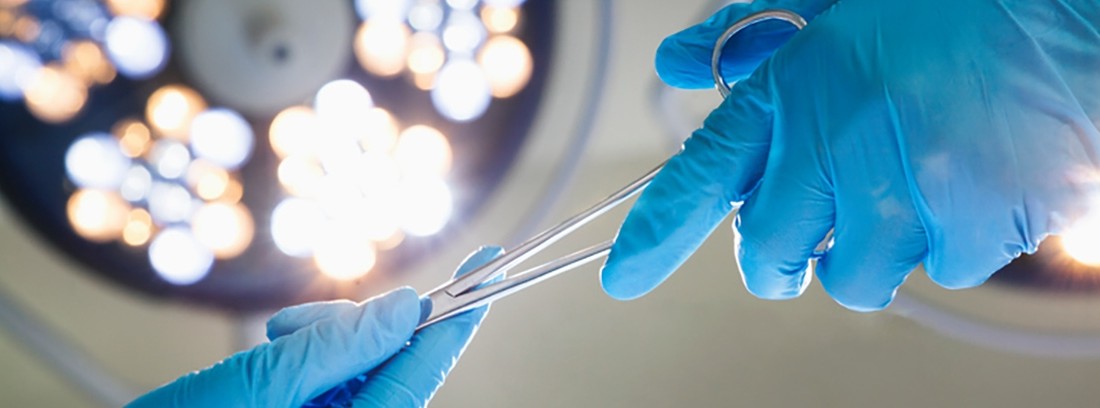Intragastric balloon

Obesity, defined by calculating the body mass index () with a result greater than 30, affects almost 16% of the adult population in Spain, that is, between 25 and 60 years of age.
Within obesity, it is convenient to distinguish several groups based on BMI:
- Mild obesity, with a BMI between 30 and 34.9
- Moderate obesity, with a BMI between 35 and 39.9
- Severe or morbid obesity, with a BMI greater than 40
Obesity should be tackled by correcting eating habits and practicing moderate and adequate physical activity for each person, but sometimes this may not be enough and more drastic measures must be taken.
What is the intragastric balloon?
One of these measures is the temporary implantation of an intragastric balloon (IGB). The BIG is a flexible silicone ball that is placed in the stomach using fibrogastroscopy. It is a material that resists the corrosion of stomach acids and what it seeks is to achieve a faster feeling of satiety as part of the stomach is full due to the volume of the BIG. Thus, when eating, the sensation of fullness and consequently of satiety are awakened earlier, so that the person who wears it tends to eat less.
The BIG is placed by fibrogastroscopy, usually under sedation or occasionally with the help of general anesthesia. The intervention usually lasts about thirty minutes. The deflated BIG is introduced and then filled with about 500-600 ml of physiological saline with a dye. Once the liquid is introduced, a valve closes and the BIG remains floating inside the stomach. The first few days you may notice nausea and vomiting until the stomach adjusts to the presence of BIG, but these symptoms usually subside in less than a week.
(Updated at Apr 14 / 2024)